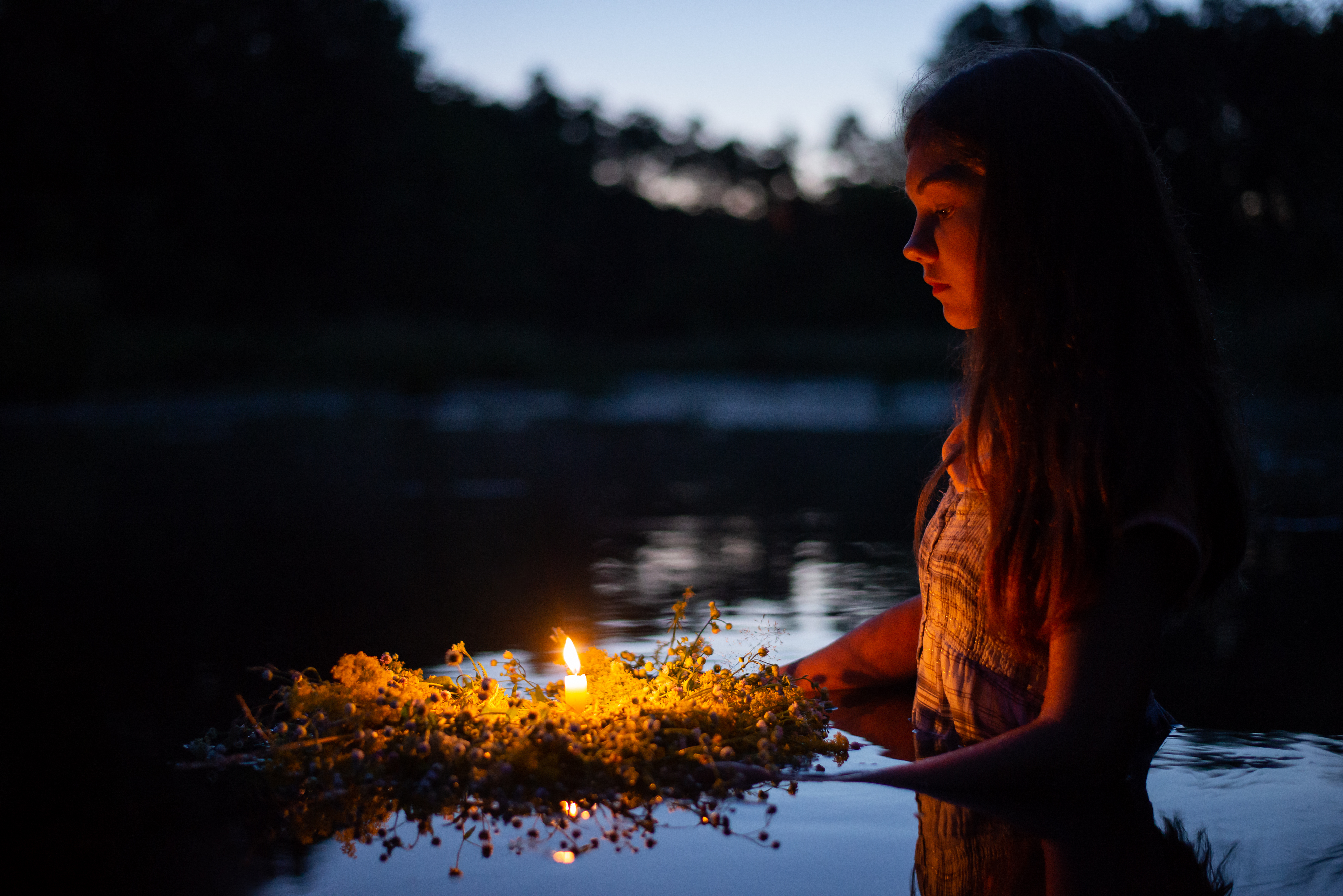
The 2023 summer solstice is set to occur on Wednesday, June 21, at 9:57 a.m. When people look to the sky in that moment, they will be participating in a human experience since time immemorial. Fortunately, the Texas A&M University College of Arts and Sciences hosts experts who can guide others to share in or create their own meanings.
Professor of Hispanic and Religious Studies Dr. Hilaire Kallendorf in the Department of Global Languages and Cultures notes the summer solstice has roused many religious interpretations and celebrations throughout human history.
“I’ve noticed that summer solstice is a night particularly propitious for exorcism, or the casting out of evil spirits,” Kallendorf said. “It is also celebrated in special ways throughout the Hispanic world and in some other cultures as well. It is especially popular in Galicia in northwestern Spain.
“Another related festival is the Feast of St. John the Baptist, which the Catholic Church conflated with summer solstice. This was a particularly felicitous combination and a really seamless transition because of the water rituals present in the folklore and then the water used in the sacrament of baptism.”
The event indeed goes by different names, such as “midsommar,” and carries several meanings across various contexts that have resulted in creative outputs as recent as the eponymous 2019 horror film “Midsommar” by Ari Aster. The summer solstice has even inspired playwrights since the Spanish Baroque and English Renaissance, serving as a fundamental set piece in a Shakespeare play and a few Lope de Vega dramas.
Kallendorf has published her studies on the use of the summer solstice in dramatic works as ways to tap into themes and subversive elements. Kallendorf’s essay “Sex(y) Summer Solstice…” posits that, despite Shakespeare and de Vega using different names for the same night, Midsummer’s Night and the Feast of Saint John respectively, both playwrights explore its anthropological associations to develop the theme of “young women asserting the right to choose their own sexual partners” and reveal the playwrights’ “contemporaneous attempts to write fantasies of feminine desire.”
In a scientific sense, summer solstice marks when the sun will be at its highest position in the sky and the longest period of daylight of the year. In a human sense, the summer solstice brings countless inspirations and meanings that scholars work to record and study so they are not lost in the annals of history.
Visit the links below to find excuses to explore the Texas A&M campus and create a self-guided tour of meanings and rituals through art, green spaces and responsible sun soaking during this celestial occurrence.
Art
- Texas A&M Public Sculpture Map
- The Cowboy in Texas Art
J. Wayne Stark Galleries | Memorial Student Center, MSC 1110
9 a.m. - 8 p.m. - Global Vistas
J. Wayne Stark Galleries | Memorial Student Center, MSC 1110
9 a.m. - 8 p.m. - A Personal Statement in Glass: The Art of the Paperweight
Forsyth Galleries | Memorial Student Center, MSC 2428
9 a.m. - 8 p.m. - Reconnecting with The Runyons
Forsyth Galleries | Memorial Student Center, MSC 2428
9 a.m. - 8 p.m.
Green Spaces
- The Cynthia Woods Mitchell Garden, Mitchell Physics Building
8 a.m. – 5 p.m.
(map) - Aggie Park
(map) - The Gardens at Texas A&M University
(map) - Research Park
(map) - George H.W Bush Presidential Library Lake
(map) - Hensel Park
(map)
